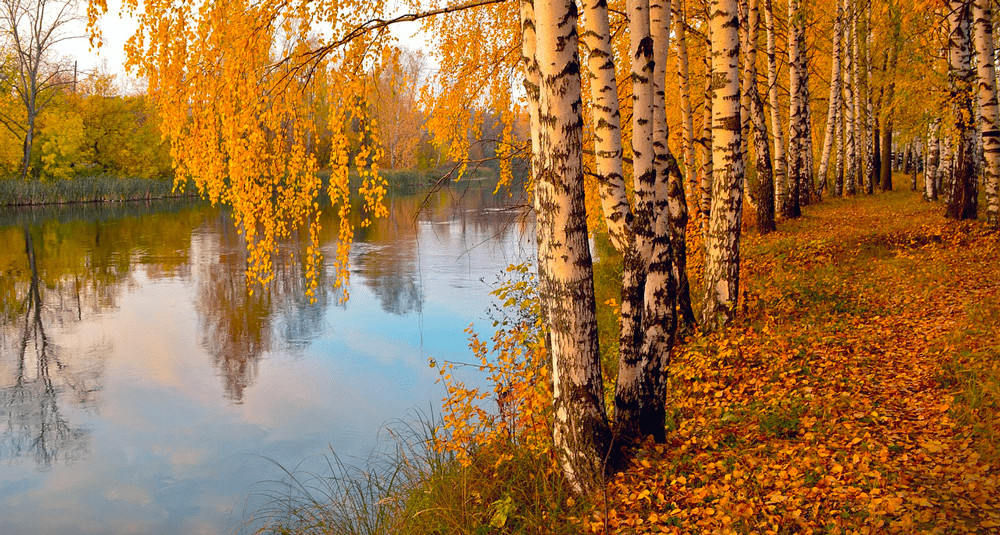How many species of birch trees exist in Europe?
Last Updated:
The birch, belonging to the Betula genus of the Betulaceae family, is an emblematic tree of the temperate to cold regions of the northern hemisphere. In Europe, four main species have been identified, each with distinct characteristics and occupying specific habitats.
Warty birch (Betula pendula)
Also known as white birch or common birch, warty birch is the most widespread species in Europe. It is distinguished by its white bark marked with black spots and its pendulous branches. Reaching heights of 25 to 30 meters, it prefers well-drained, sunny soils. It is a pioneer species, often the first to colonize bare or disturbed land.
Downy birch (Betula pubescens)
Pubescent birch, or white birch, is distinguished by its young twigs covered with fine hairs, hence its name. Its bark is also white, but less fissured than that of the warty birch. It generally reaches a height of 20 meters and prefers damp, even marshy soils. It is frequently found in northern regions and areas of high humidity.
Dwarf birch (Betula nana)
The dwarf birch is a small shrub that grows to no more than one meter in height. It is adapted to the harsh climatic conditions of arctic and subarctic regions. Its leaves are small and rounded, and its bark is dark brown. It is found mainly in the bogs and tundra of northern Europe.
Low birch (Betula humilis)
The common birch is a lesser-known and rarer species in Europe. It is a shrub reaching up to 2.5 meters in height, with oval leaves and brownish bark. It prefers damp habitats such as marshes and wet meadows. Its distribution is limited, mainly in certain regions of Eastern Europe.
Birches are pioneer species, capable of rapidly colonizing disturbed land thanks to their rapid growth and tolerance of different soil types. Warty birch is widespread across Europe, from plains to mountainous areas, while downy birch is more common in northern, wetter regions. Dwarf birch and low birch occupy specific ecological niches, mainly in cold, damp regions.
Birches play a crucial role in European ecosystems. As pioneer species, they pave the way for the succession of other plant species. Their bark and leaves provide food and habitat for numerous animal species. Birch wood is also highly prized in joinery for its light color and fine texture. The bark is traditionally used to make containers and handicrafts. Birch sap is also harvested in spring for its nutritive and medicinal properties.
Europe is home to four main species of birch, each adapted to specific environmental conditions. Their presence testifies to the diversity and resilience of Europe’s flora, and their ecological and economic importance underlines the need for their preservation and further study.
You may also be interested in
nature

How many species of birch trees exist in Europe?
Answer
In Europe, there are four species of birch: wart birch (Betula pendula), downy birch (Betula pubescens), dwarf birch (Betula nana) and low birch (Betula humilis).